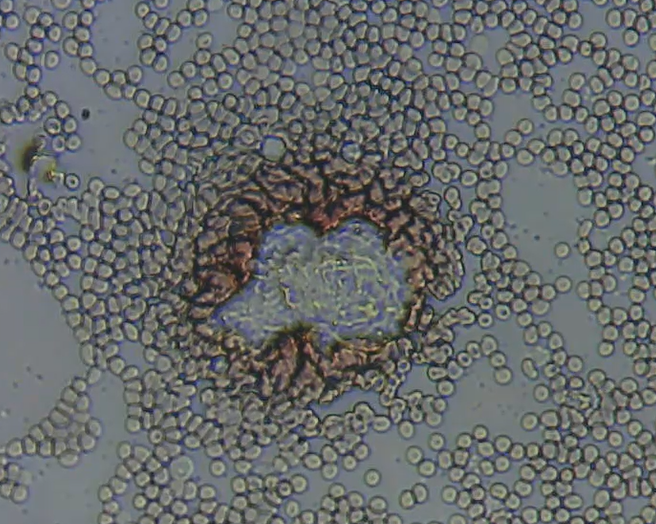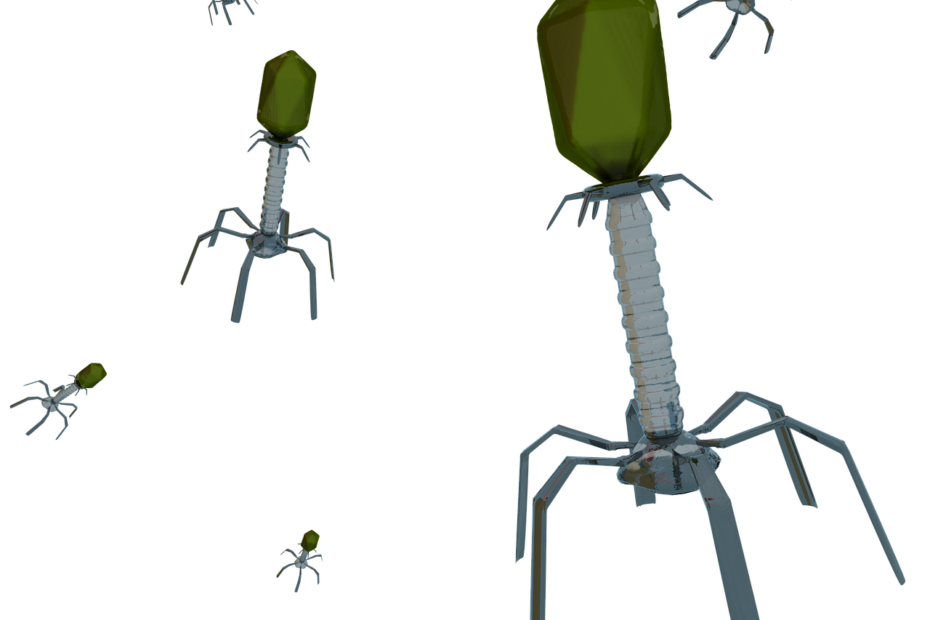Publicado: 3 de November de 2024 | Actualizado: 17/08/2025 a las 11:18:50 PM
Updated 08/17/2025
Leukocytes, apart from eliminating bacteria and viruses, are also responsible for 100% of the substances eliminated by the liver, kidneys, and lungs and can be very effective against harmful substances we ingest, such as poisons from bites or food.
For example, sugars are the main source of food for leukocytes, and the derivatives they produce when they phagocytize are antibodies, which they use to engulf viruses when they are saturated with them and for cell receptors in organs. They are eliminated when they are oxidized by gases or neurotransmitters by the liver, lungs, and kidneys. Antibodies plug holes in chromosomes through which genes breathe, called cell receptors.
Leukocytes can be very effective against substances that can be protein-like, for example, and that are harmful and cause inflammation or tumors. Leukocytes are prepared for major inflammation, more so than cells in other organs, and can transform these substances into waste products for elimination by the liver (types of sugar) or by the kidney (types of proteins).
When a foreign body enters the bloodstream through a poisonous snake bite, for example, these substances can end up in cells and cause a tumor. If the tumor is not very malignant, leukocytes attack these cells, blocking their receptors with antibodies, and in this case, we need to increase hormone doses.
It may happen that white blood cells are more sensitive to foreign bodies like poisons and bacteria. Sometimes with fever, hallucinations may occur, especially in young people, and you may see more bodies or flying insects, for example, or not, and they may be hidden and almost impossible to see, and they can introduce foreign bodies into your blood, for example.
Another thing that can happen with substances like THC or marijuana is that their hallucinogenic effect can hide terrible asteroids that are difficult for the Earth to absorb. It may be that being a regular smoker for a certain period of time or a beginner, using this substance doesn’t cause problems, and we might even metabolize it like a strawberry candy. However, reducing its effects can lead to dangerous effects due to the approach of that mass of marijuana asteroids, which the plant needs for vital tasks like deforestation. As they approach Earth, it’s possible that, if that mass is impossible to absorb, it will probably cause significant mental damage, since these asteroids are invisible. However, they could be seen, as a hallucinogenic effect, and could be an alarm.
The exact orbit of these asteroids cannot be known and may contain information for life on other planets and the reproduction of the species. These asteroids could approach Earth or could take the orbit of another planet in the solar system, if life is possible. That’s why they are not visible.
It could be that a spider’s venom, for example, is encoded in an asteroid, and the leukocytes or cells would have to dissolve the asteroid and divide it into the antibodies they need so that the cells’ DNA isn’t destroyed by a spider’s venom. For example, when a spider injects us with venom, the leukocytes block the cells from dissolving the venom with certain antibodies. Dissolving the venom can produce a flammable gas that the genes expel. However, oxidizing it with certain antibodies that the leukocyte lacks could inflame it and destroy the DNA. That’s why it needs the iron from the asteroid for the leukocyte’s antibody, which, with that antibody, associates it with tumor cells in the cell receptors. The iron antibody, which causes the venom to dissolve and prevent inflammation and the destruction of DNA.
Hormones like adrenaline can help produce antibodies against foreign bodies, and the thyroid can help expel them. This antibody can weaken and cause a wound or puncture, due to the effect of the asteroid’s altitude or magnetism.
Perhaps when a foreign body or substance enters, the leukocyte with adrenaline forms the cells that reach the asteroid with greater force and send it into the bloodstream. It dissolves the asteroid into antibodies to phagocytize it. However, the magnetism of the Earth’s rotation can make it more or less magnetic, giving the thyroid time to produce the hormone that releases it. When they phagocytize cells or oxidize antibodies on their receptors, it reduces inflammation in the leukocyte and tumor cells and prevents the cells from absorbing the substance.
It can happen in the summer, and if we exercise, such as cycling, and our physical performance is optimal, we can collide with dangerous insects due to clumsiness. It often happens that in the summer, we have a high antibody load, which clogs cells and our physical performance plummets. An analysis of this case is that leukocytes’ food source is sugars, poisonous substances, or even vitamins, and they phagocytize all of this for antibodies, for cells, or for elimination through the liver and kidneys. But what happens if we eat all of this and don’t go to the bathroom? The most common thing is that physical performance plummets because the antibodies don’t oxidize in the cells, either because they aren’t the appropriate ones or because they’re saturated by asteroids on Earth, promoting aging.
In reality, the molecules in the blood, in all their detail, are not visible under an optical microscope. Only plasma and clusters of molecules, such as cholesterol, more or less dissolved in plasma, are visible. The concentrated molecules or clusters seen in the blood can be foreign bodies.
An example of a foreign body in blood would be this. My image.

In this case, proteins end up in cells, sugars in leukocytes, and fats in neurotransmitters, and all of this is consumed through the coordination of antibody varieties and antibody oxidation. If a protein that inflames cells isn’t consumed, the error lies in one type of antibody, or neurotransmitter, for example, and the protein is retained in the cell and can be dangerous and cause a tumor. The combination of antibodies forces the DNA genes to work, depending on the type of antibody in the recipient.

